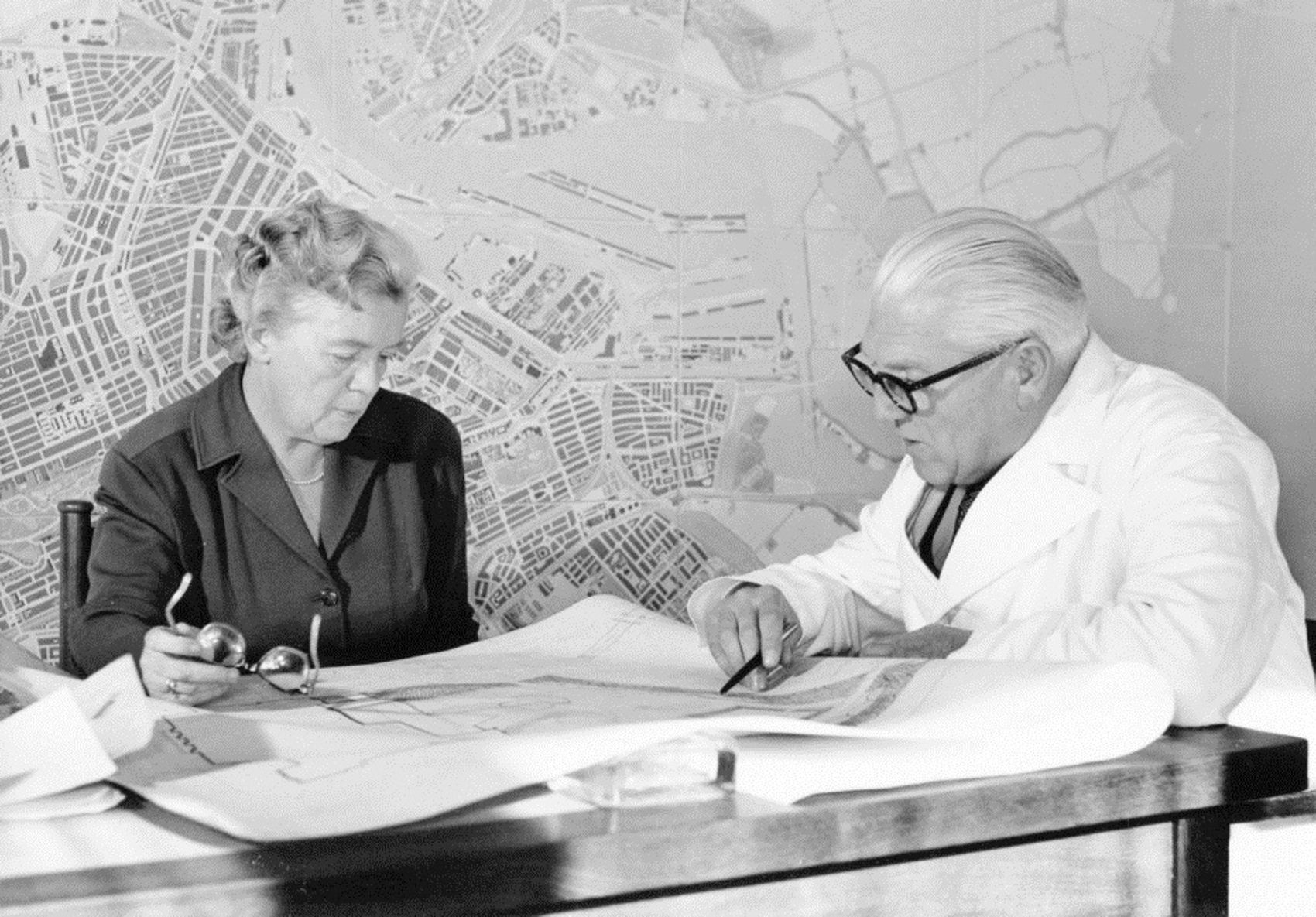If there’s one thing that has become apparent in recent weeks, it’s how quickly our set values and ideas can become outdated. This also applies to architectural concepts. Arcam has begun to take stock of this for further consideration.
Architects enjoy positioning themselves as healers
Now that the spread of the virus has slowed and the danger is steadily decreasing, measures against the coronavirus are gradually being relaxed. Hairdressers are permitted to work again, museums and terraces will reopen, and even driving schools are back to giving lessons. In designer land, it’s a matter of putting things into perspective. For designers, ‘doing nothing’ is certainly an option, according to Wouter Veldhuis in a widely endorsed column on Stadsleven. Architectural recalibration #6: The architect in a lab coat.
In short, Veldhuis argues that the one-and-a-half metre society is not the New Normal; moreover, it’s not a good idea, either. Fighting a pandemic is not a design task, so there is no need for a ‘spatial medicine’ against corona. He urges us to first think about what is really needed. Many of the ideas that Veldhuis agrees with (public space, public domain, wide sidewalks) – which, incidentally, often make up part of the ‘good intentions’ of his colleagues – have to do with the public domain.
Architects enjoy positioning themselves as healers. Cornelis van Eesteren’s white lab coat (Amsterdam Expansion Plan, 1935) is regularly recalled when it comes to the ideals of shaping the healthy city. Architects obviously cannot cure diseases, but they can contribute ‘spatial medicines’ to help address or mitigate health issues – in response to the characteristics and needs of the sick(ness). Garden cities are one example. In X-Ray Architecture (2019), Beatriz Colomina claims that tuberculosis made architecture modern, not architects. ‘Healing environments’ is an accepted specialization in architecture and urban planning. And architectural historian Charles Jencks is intimately familiar with the beneficial placebo effect of Maggie Centers.
The one-and-a-half-metre society is admittedly not a blueprint for the future, but a temporary necessity. Designers therefore mainly want to contribute to a resilient, healthy city. Allowing for the strange and the unknown goes hand in hand with a strong, open, urban society. Jacobs, Sennett and many other urbanism experts agree. A city where diversity, vibrancy and innovation is made possible, even when a virus is running rampant. That city can and should be designed, among others, by architects and urban planners.
The proposals and ideas from designers about what such a city might look like are sometimes good, sometimes not as good, sometimes intended for the short term, and sometimes for the long term. It is entirely new terrain, but if the (co-)design of a sustainable, fair, healthy urban space is a task for designers, then so is the search for spatial medicines against corona. Thinking critically about what is needed is always advisable, but I hope that designers also do something, and keep searching for solutions for the future-proof city. In a lab coat, if necessary.
